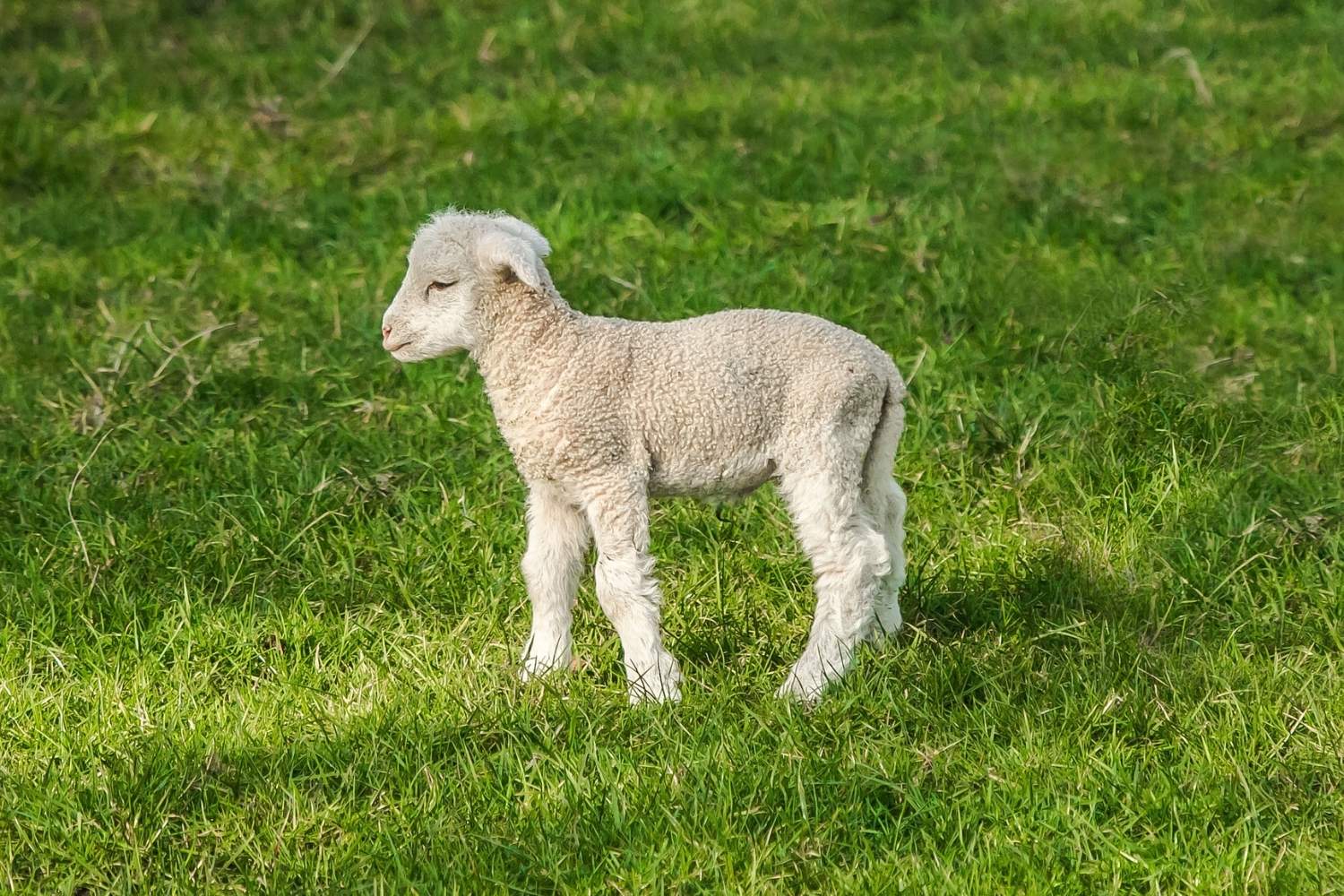
Did you know that Dolly the sheep was the first mammal to be cloned from an adult somatic cell? Born on July 5, 1996, Dolly became a scientific sensation and a household name. She was created using a technique called somatic cell nuclear transfer, where the nucleus of an adult cell is transferred into an egg cell. This groundbreaking achievement was led by scientists at the Roslin Institute in Scotland. Dolly's birth proved that specialized cells could be used to create an exact genetic copy of the animal they came from. Her existence sparked debates on ethics, cloning, and the future of genetic research. Dolly lived for six and a half years, giving birth to six lambs and leaving a lasting legacy in science.
Dolly: The First Cloned Mammal
Dolly the sheep is a name that echoes through the halls of scientific history. She wasn't just any sheep; she was the first mammal to be cloned from an adult somatic cell. This groundbreaking achievement opened doors to new possibilities in genetics and biotechnology.
- Dolly was born on July 5, 1996, at the Roslin Institute in Scotland.
- She was named after the famous country singer Dolly Parton.
- The cloning process used to create Dolly is called somatic cell nuclear transfer (SCNT).
- Scientists used a mammary gland cell from a six-year-old Finn Dorset sheep to clone Dolly.
- Dolly was the only successful clone out of 277 attempts.
The Science Behind Dolly
Understanding the science behind Dolly's creation helps appreciate the complexity and significance of this achievement. The process involved several intricate steps and a lot of trial and error.
- The nucleus of the mammary cell was transferred into an egg cell that had its nucleus removed.
- An electric shock was used to stimulate the fusion of the cells and initiate cell division.
- Dolly's embryo was implanted into a surrogate Blackface ewe.
- She was genetically identical to the Finn Dorset sheep that donated the mammary cell.
- Dolly's creation proved that specialized cells could be reprogrammed to create an entire organism.
Dolly's Life and Legacy
Dolly's life, though relatively short, was filled with scientific scrutiny and public fascination. Her existence raised numerous ethical and scientific questions.
- Dolly lived for six and a half years, passing away in February 2003.
- She gave birth to six lambs, proving that cloned animals could reproduce naturally.
- Dolly developed arthritis at an unusually young age, sparking debates about the health of cloned animals.
- She was euthanized due to a progressive lung disease called Jaagsiekte sheep retrovirus (JSRV).
- Dolly's body was preserved and is now displayed at the National Museum of Scotland.
Ethical and Scientific Implications
Dolly's creation wasn't just a scientific milestone; it also brought ethical considerations to the forefront. The cloning of a mammal raised questions about the future of cloning and its potential applications.
- Dolly's cloning sparked debates about the ethics of cloning humans.
- Her existence led to stricter regulations and guidelines for cloning research.
- Dolly's creation demonstrated the potential for cloning endangered species.
- The success of Dolly's cloning paved the way for advancements in regenerative medicine.
- Dolly's case highlighted the importance of animal welfare in scientific research.
Dolly's Influence on Modern Science
Dolly's legacy continues to influence modern science and biotechnology. Her creation has inspired numerous advancements and ongoing research in various fields.
- Dolly's cloning led to the development of induced pluripotent stem cells (iPSCs).
- Her existence has contributed to research in genetic diseases and gene therapy.
- Dolly's cloning has inspired advancements in agricultural biotechnology.
- The techniques used to create Dolly are now being explored for potential use in xenotransplantation.
- Dolly's legacy has influenced the development of personalized medicine.
Fun Facts About Dolly
Beyond the scientific and ethical implications, Dolly's story is filled with interesting tidbits that capture the imagination.
- Dolly was named after Dolly Parton because the mammary gland cell used to clone her came from a sheep's udder.
- She was the first mammal to be cloned from an adult somatic cell, not an embryonic cell.
- Dolly's birth was kept a secret for seven months before being announced to the public.
Dolly's Legacy Lives On
Dolly the sheep wasn't just any sheep. She was a groundbreaking scientific achievement that changed how we think about cloning and genetics. Born in 1996, Dolly proved that cloning from an adult cell was possible, sparking debates and further research in genetics and biotechnology. Her existence raised ethical questions and inspired countless studies, leading to advancements in medicine and agriculture.
Dolly's life, though short, left a lasting impact. She showed the world the potential and challenges of cloning, pushing scientists to explore new frontiers. Her legacy continues to influence research, reminding us of the delicate balance between scientific progress and ethical considerations.
Dolly's story is a testament to human curiosity and the quest for knowledge. As we look to the future, her legacy will guide us in making informed decisions about the role of cloning in our lives.
Was this page helpful?
Our commitment to delivering trustworthy and engaging content is at the heart of what we do. Each fact on our site is contributed by real users like you, bringing a wealth of diverse insights and information. To ensure the highest standards of accuracy and reliability, our dedicated editors meticulously review each submission. This process guarantees that the facts we share are not only fascinating but also credible. Trust in our commitment to quality and authenticity as you explore and learn with us.
